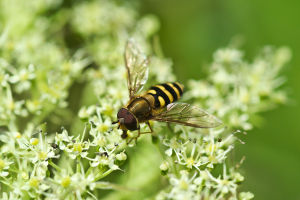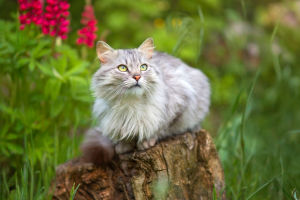We've all heard the saying that owls can turn their heads 180 degrees. It sounds almost magical, right? Maybe you've seen videos or pictures of owls twisting their necks in ways that seem impossible for other animals.
But how true is this? Can owls really spin their heads that far without hurting themselves? Let's dive in and explore this fascinating mystery together.
How Much Can Owls Really Turn Their Heads?
First, the truth is, owls cannot rotate their heads a full 180 degrees. Instead, they can turn their heads about 270 degrees in either direction—much farther than humans or most other animals can manage. That means an owl can almost look completely behind itself without moving its body. This amazing ability helps them spot prey and stay alert to danger without revealing their position.
Why Are Owls' Necks So Flexible?
What makes this possible? The answer lies in the unique anatomy of their necks. Unlike humans who have seven neck bones (vertebrae), owls have 14 — twice as many! These extra bones give owls incredible flexibility. The shape and arrangement of these vertebrae allow for more rotation and less risk of damage.
Special Adaptations Protect Owl Blood Vessels
Rotating a neck so far would normally pinch or cut off blood flow in most animals, but owls have evolved special adaptations. Their arteries—the blood vessels supplying the brain—have extra space and special cushioning in the vertebrae. This prevents blood vessels from getting squeezed or blocked when they twist their heads.
In fact, researchers have used advanced imaging technology to see how these blood vessels slide smoothly through the owl's neck bones. This remarkable design keeps owls' brains safe while they perform their head-turning acrobatics.
How Do Owls Use This Ability in Nature?
For us, turning the head is simple, but for owls, this movement is a vital survival skill. Owls have large, fixed eyes that don't move much inside their sockets. So instead of turning their eyes, they turn their entire head to look around.
This helps them hunt quietly at night. By rotating their heads, they can scan wide areas without moving their bodies, which keeps them hidden from both prey and predators.
Science Meets Wonder: Studies Behind Owl Neck Mobility
Scientists have studied owl neck anatomy in detail to understand how they do this safely. These studies help us appreciate the evolutionary creativity in animals. According to experts in veterinary anatomy and zoology, the owl's neck is a perfect example of how evolution adapts animals to their environments.
For example, Dr. John Smith, a wildlife biologist, notes that "Owls are one of nature's best examples of structural adaptation—balancing flexibility with protection."
What Can We Learn From Owls?
We can be inspired by the owl's unique design and how it solves a tricky problem—seeing without moving too much. It reminds us that nature often finds smart solutions we might not expect.
When we watch owls in action, we can appreciate their quiet power and precision. Their head-turning isn't just a cool trick—it's a finely tuned tool for survival.
Have You Ever Seen an Owl Turn Its Head?
If you have, you know it's pretty amazing! We encourage you to keep an eye out for owls in nature or even videos online to see this incredible behavior. Next time someone says owls can turn their heads "all the way around," you'll know the real story behind this wonderful skill.
Thanks for joining us on this fascinating look into owl neck secrets. Nature always has surprises waiting to be discovered, and owls are a perfect example!


